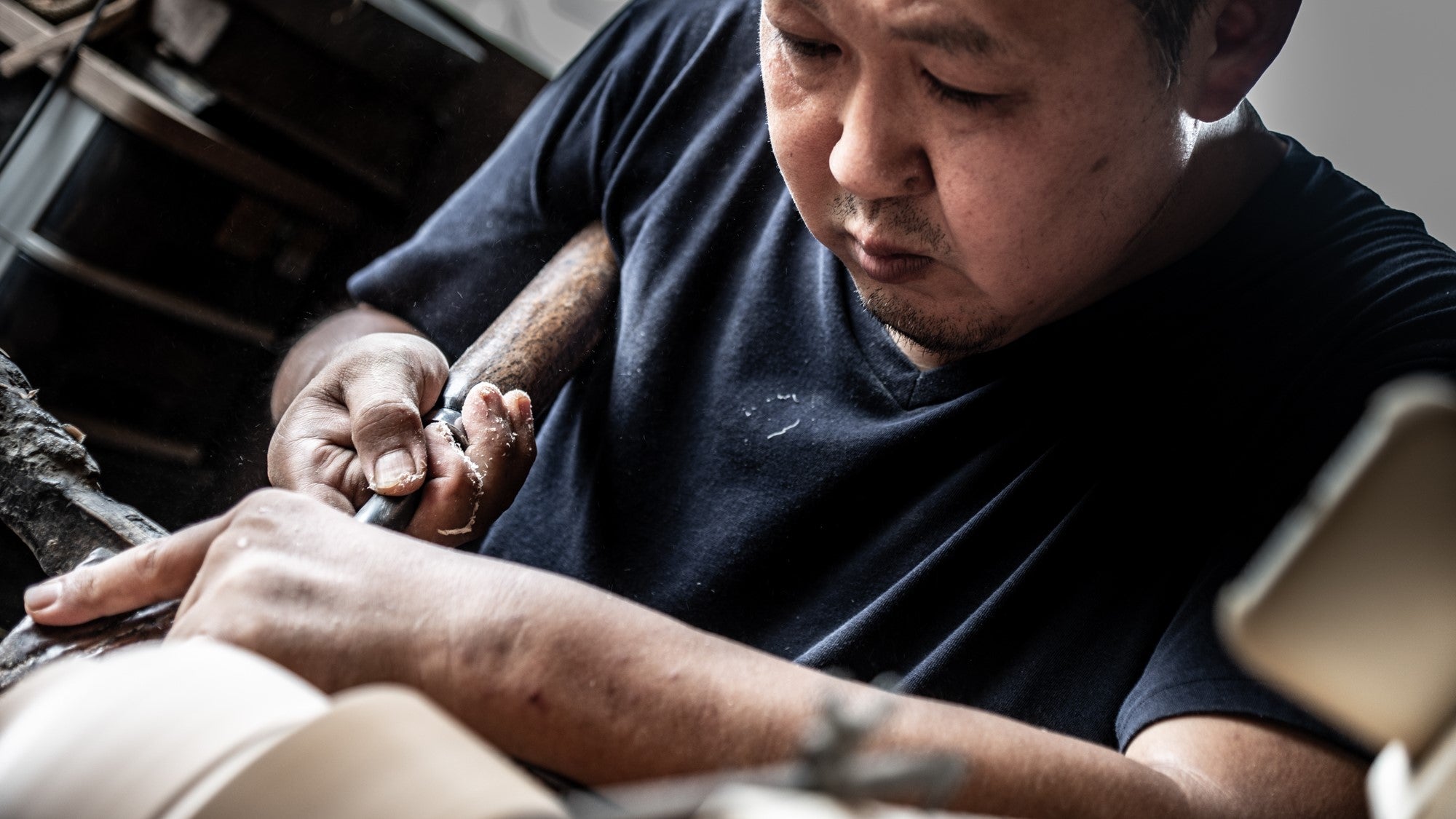
"Kiji-shi", Woodturning Craftsmen of Yamanaka Lacquerware
Written by Team MUSUBI
The origin of Yamanaka lacquerware dates back to about 400 years ago (Azuchi-Momoyama period). A group of "Kiji-shi (woodturners)" who made their living by traveling from mountain to mountain producing wooden tableware settled in Manago, upstream from Yamanaka Onsen (hot spring), and began to turn wood into lacquerware.
Lacquerware is basically made by a "Kiji-shi" who turns the wood and a "Nuri-shi" who applies the lacquer. Yamanaka lacquerware is characterized by its wood, and has excelled at producing bowls with a wipe lacquer finish that brings out the grain of the turned wood.
tables of contents
Satake Workshop





Many people feel that the finished product is much lighter than it looks when they hold it in their hands. Yamanaka's skill in creating thin and flexible shapes from hard, vertically-trimmed wood is top class among wood crafts in all regions of Japan.
When he can find the time between projects, Mr. Satake also creates his own works of art. He says that he gets inspiration from various works of art, not only woodwork,but also from art exhibitions and other venues, and uses this inspiration in his own creations. I was able to hold one of his trays that he had made before, and I was surprised at how light it was. I think it was about one-fifth as light as it looked.

It took more than three months to create, as it was carved little by little every day, aiming at the position where the grain of the wood looks the most beautiful. The luster of the wiped lacquer, which had been applied more than 30 times, was very elegant.
Mr. Satake calls himself a movie geek and frequents movie theaters on his days off. He is a very friendly person, but his eye for wood is very sharp, and I could sense his pride and passion for craftsmanship.
Yamanaka Shikki Kogei Workshop

The next workshop we visited was Yamanaka Lacquer Ware Kogei, which specializes in the production of large plates and trays called "Itamono".
Outside of the workshop, there were piles of large boards cut from horizontal wood and hollowed out round pieces of them stored indoors.


The body and lid of the Jubako are not made of plywood laminated together, but blocks of wood like this one, which are carefully cut down to a thickness of about 5 mm(0.2in). The seamless and beautiful grain can only be achieved with this manufacturing method. The cutting alone is done several times and takes a considerable amount of time, so those who have seen this can understand why the product is always in short supply.


Photo Gallery












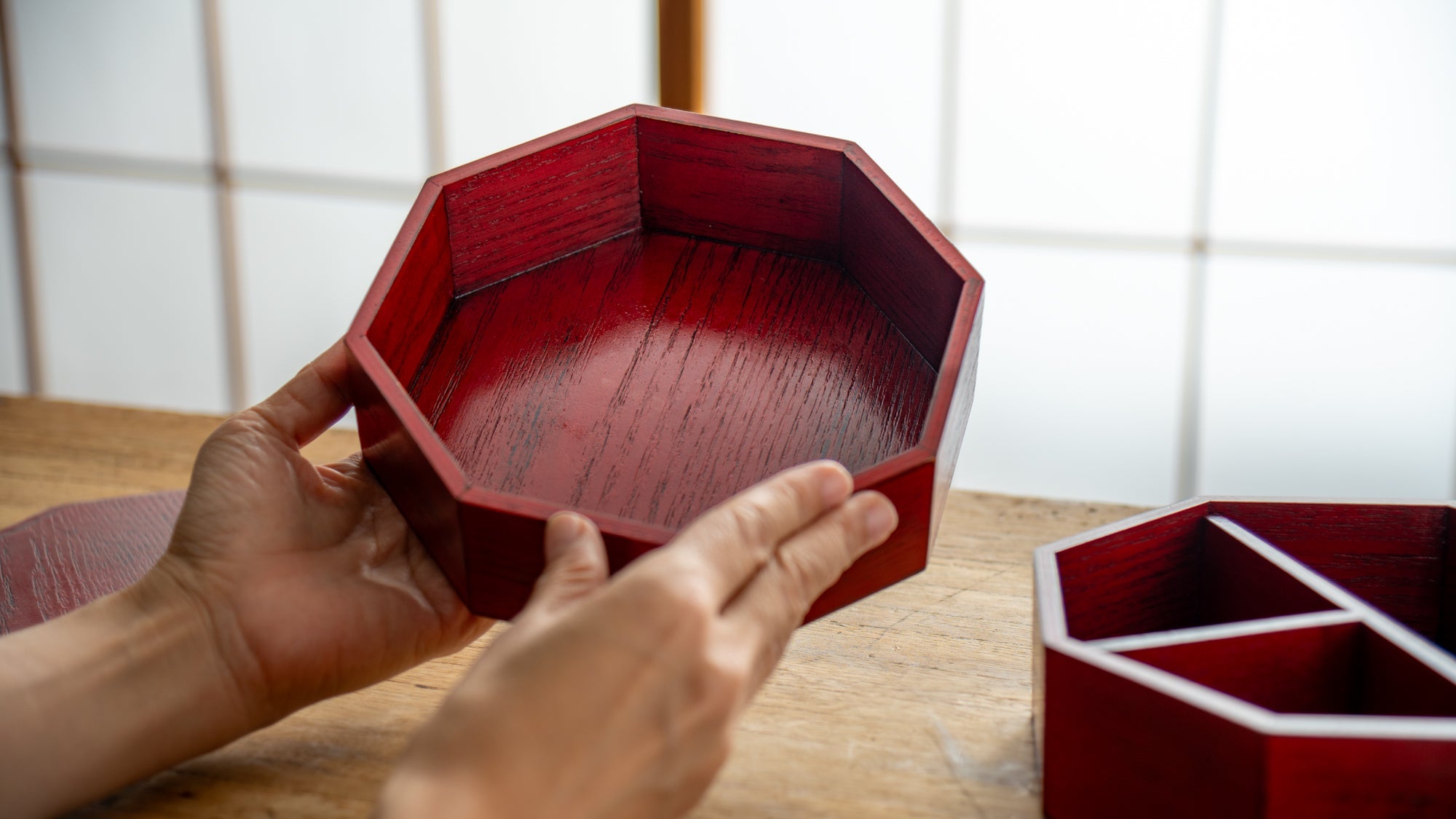

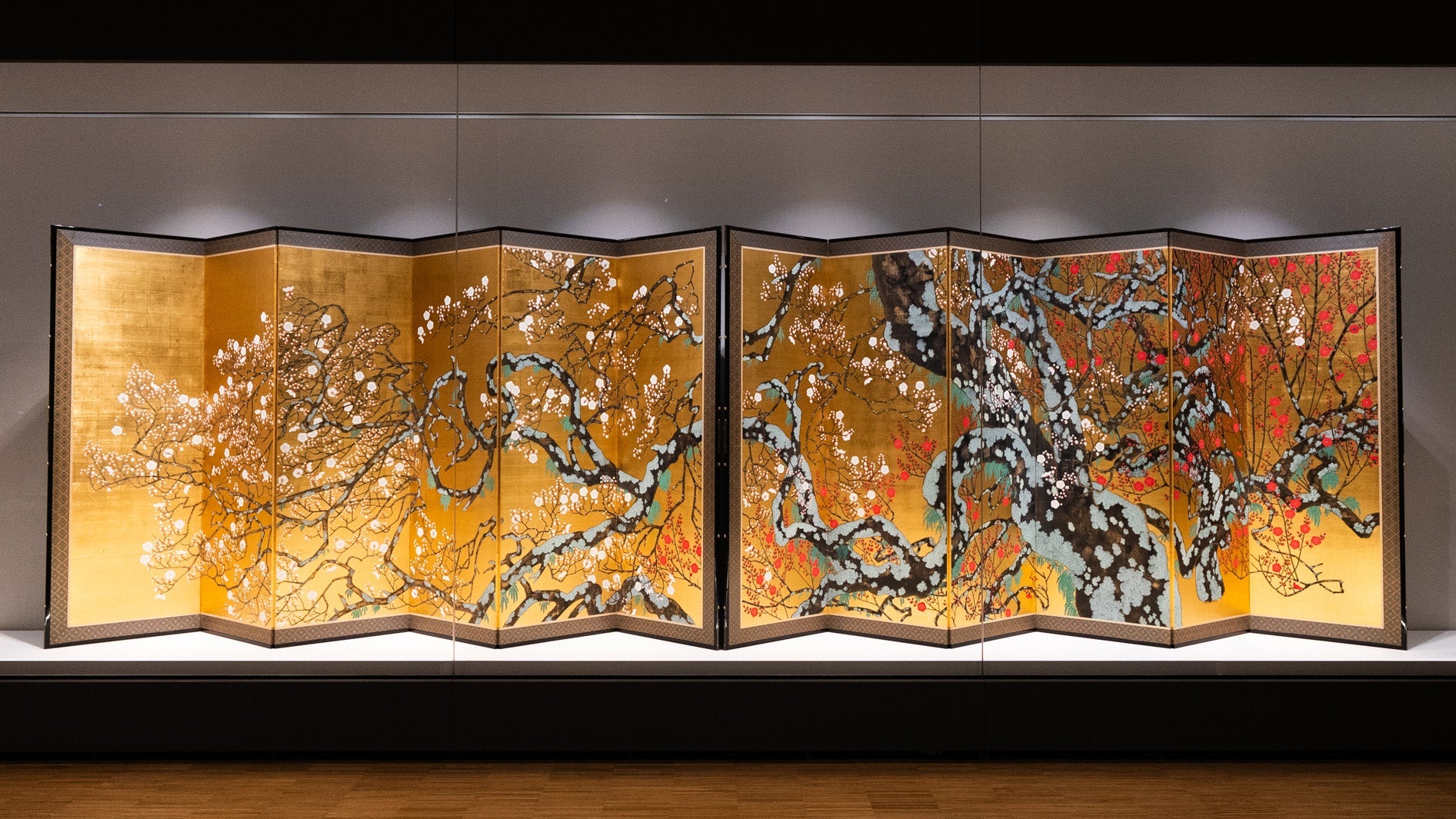
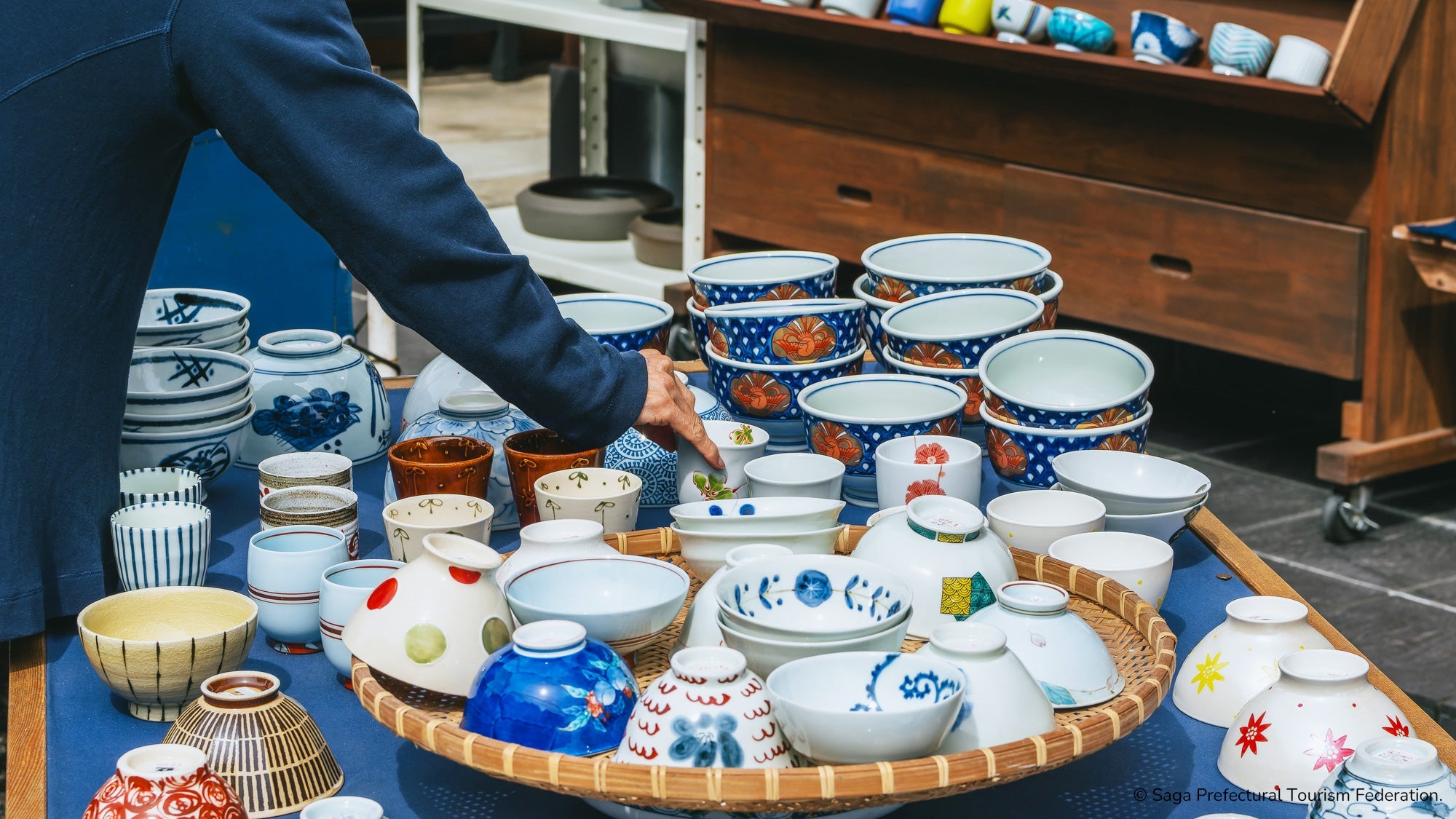
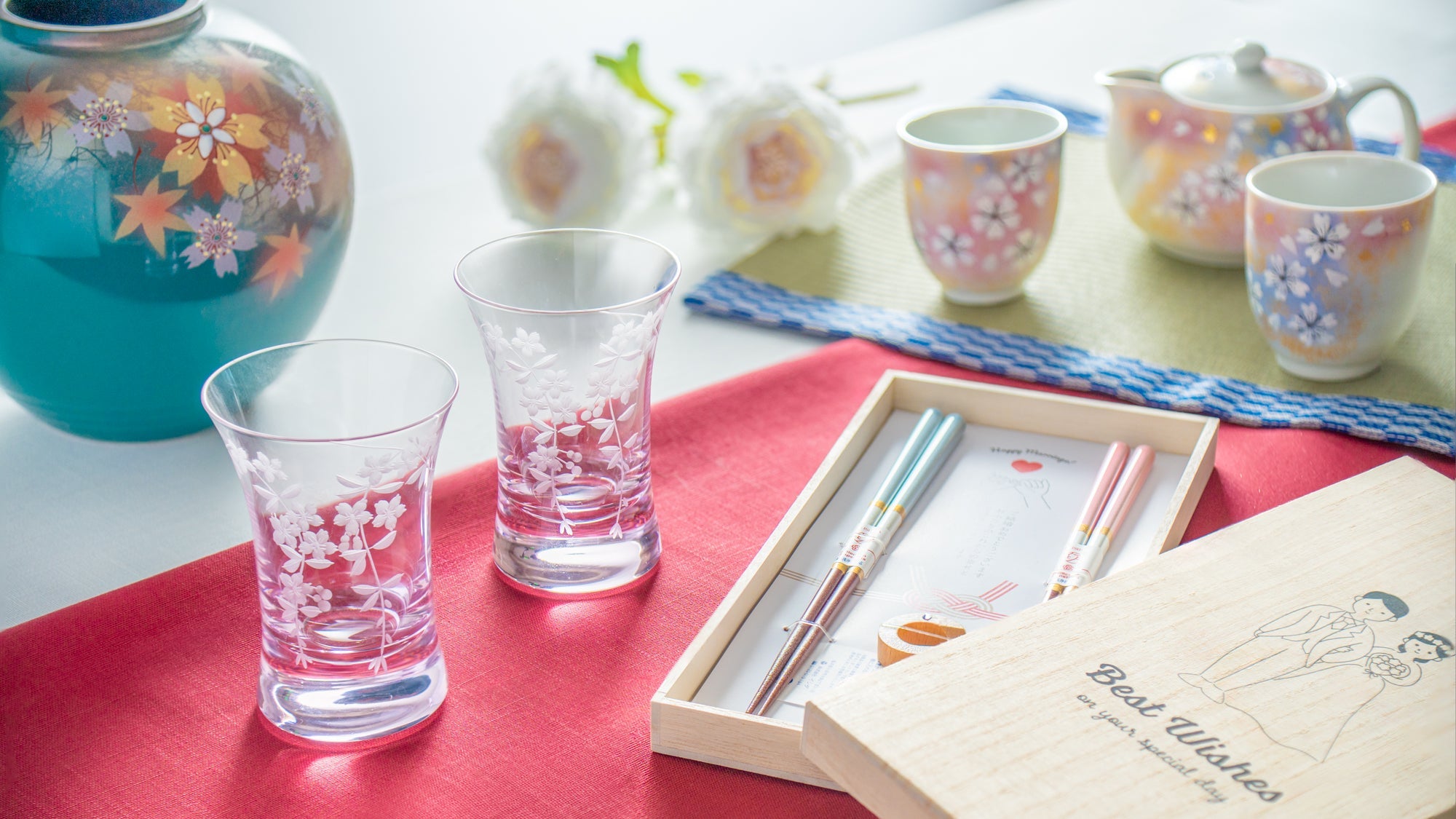
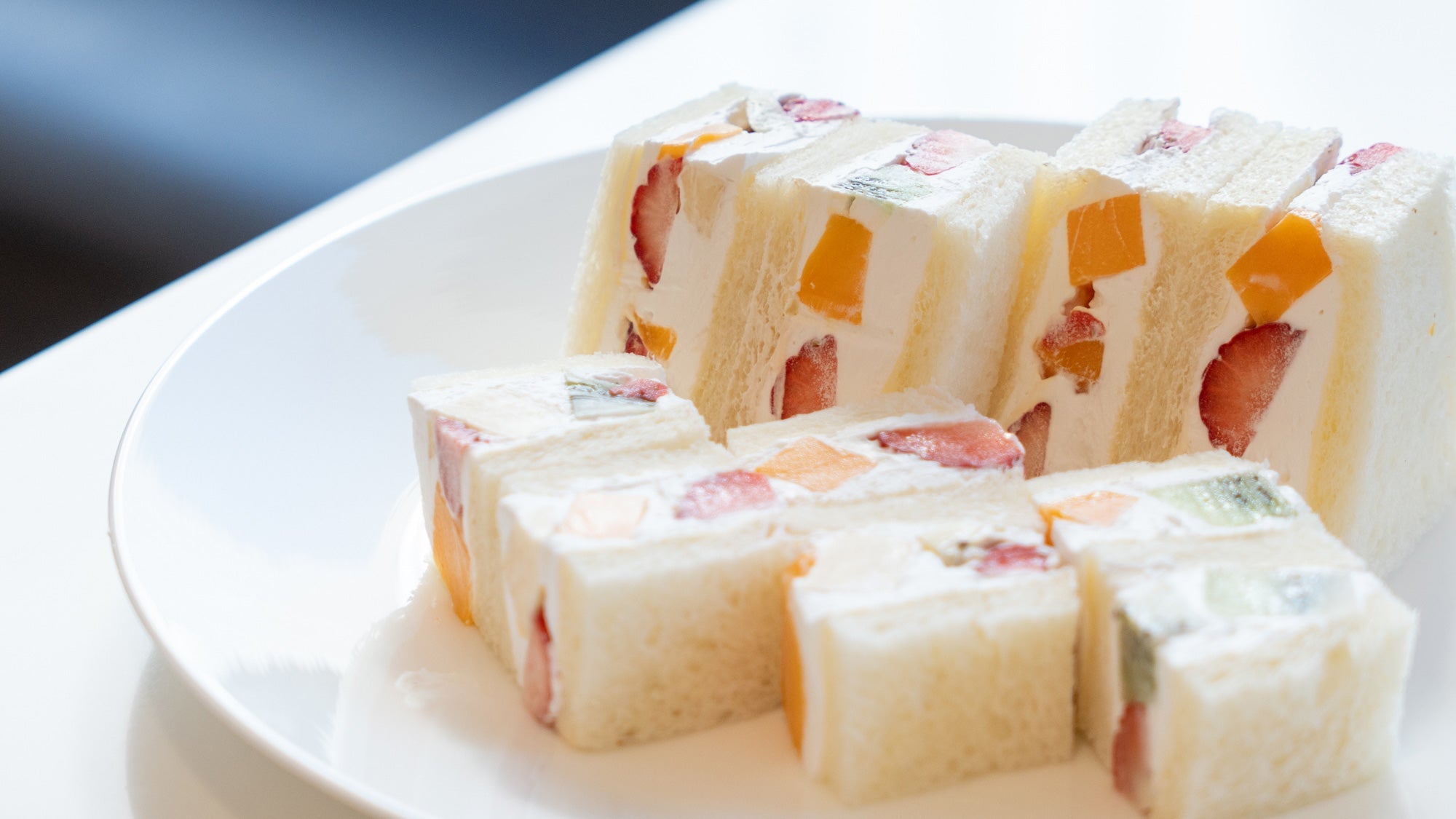

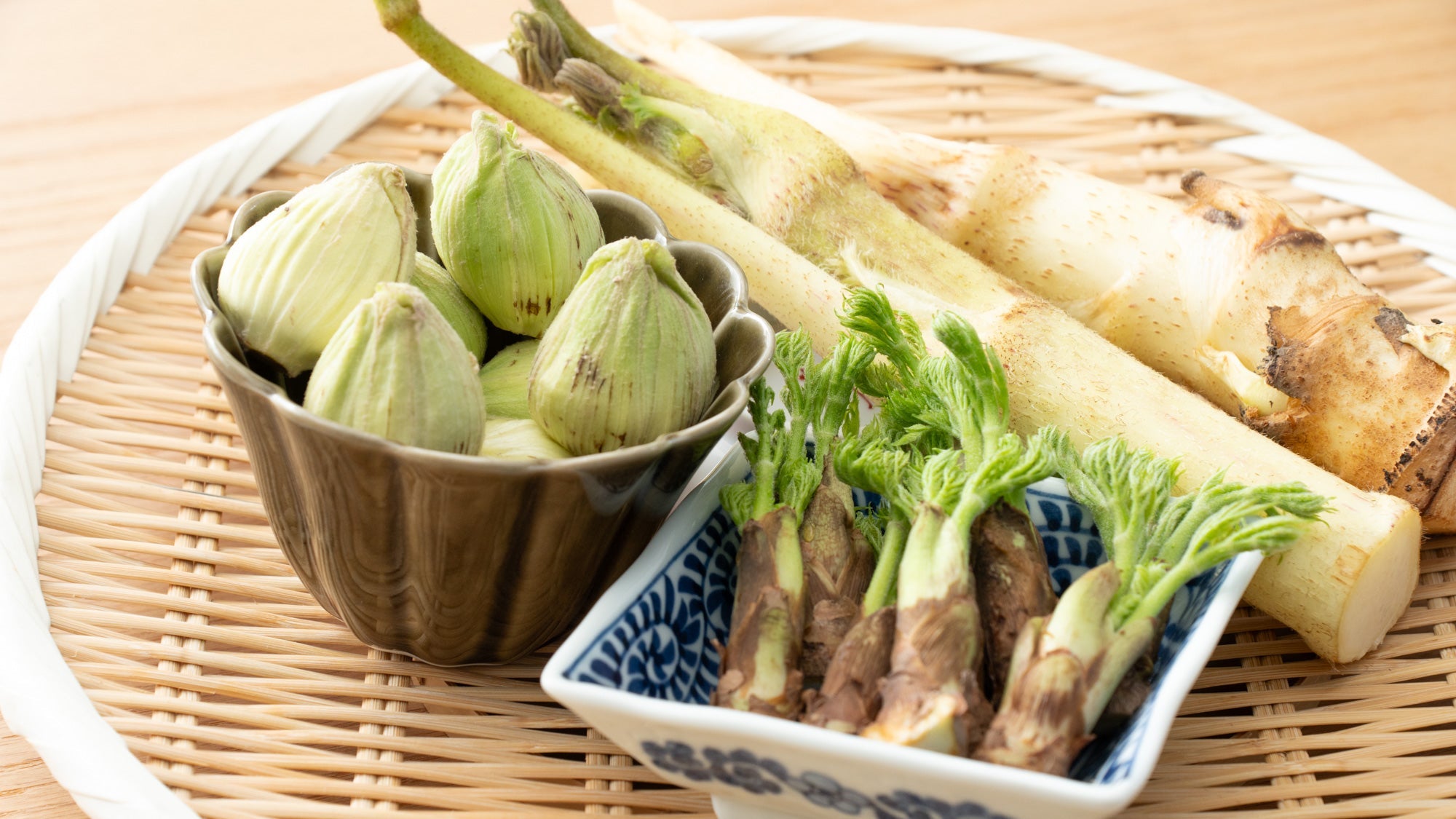

Leave a comment
This site is protected by hCaptcha and the hCaptcha Privacy Policy and Terms of Service apply.